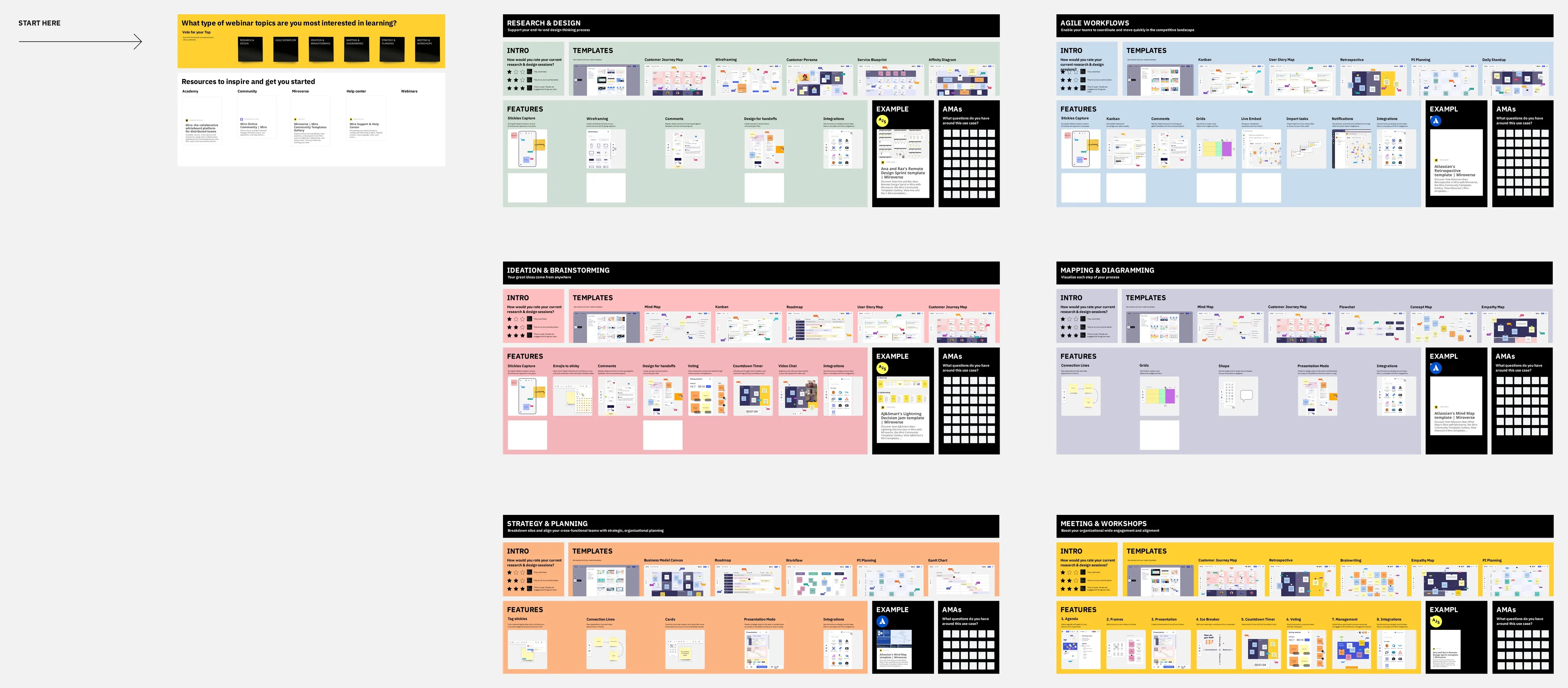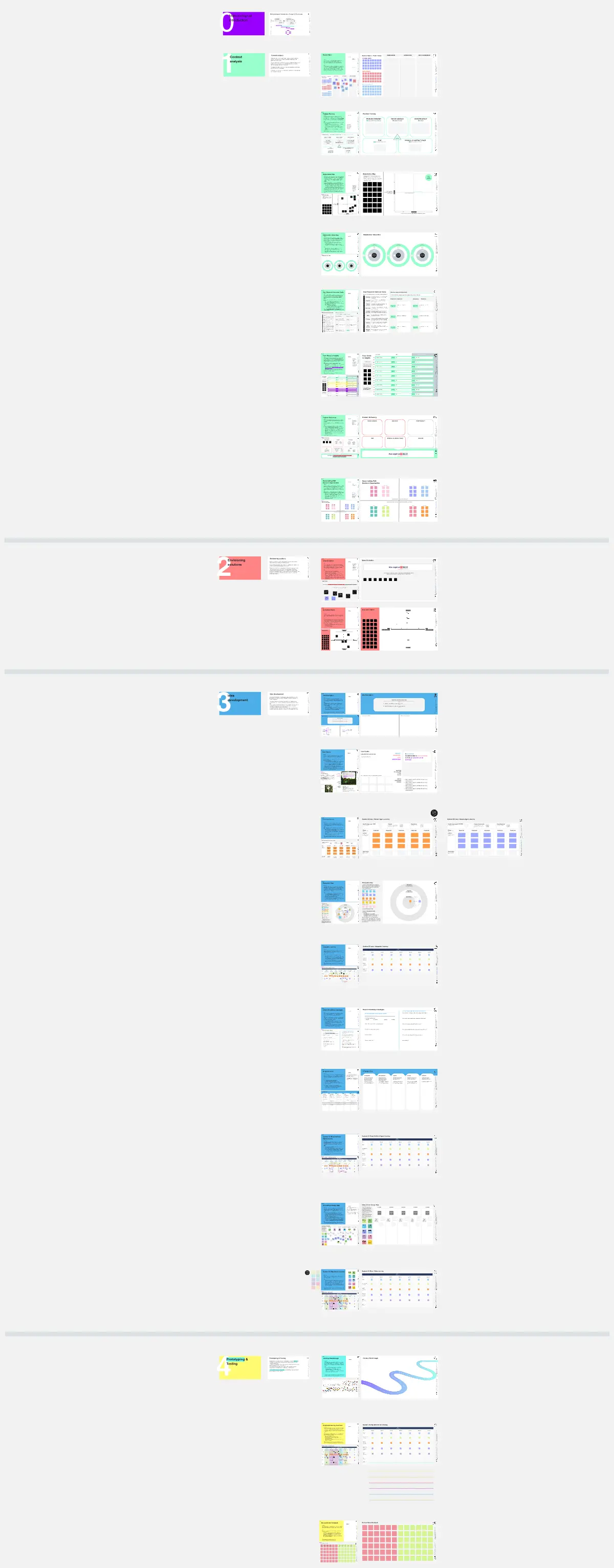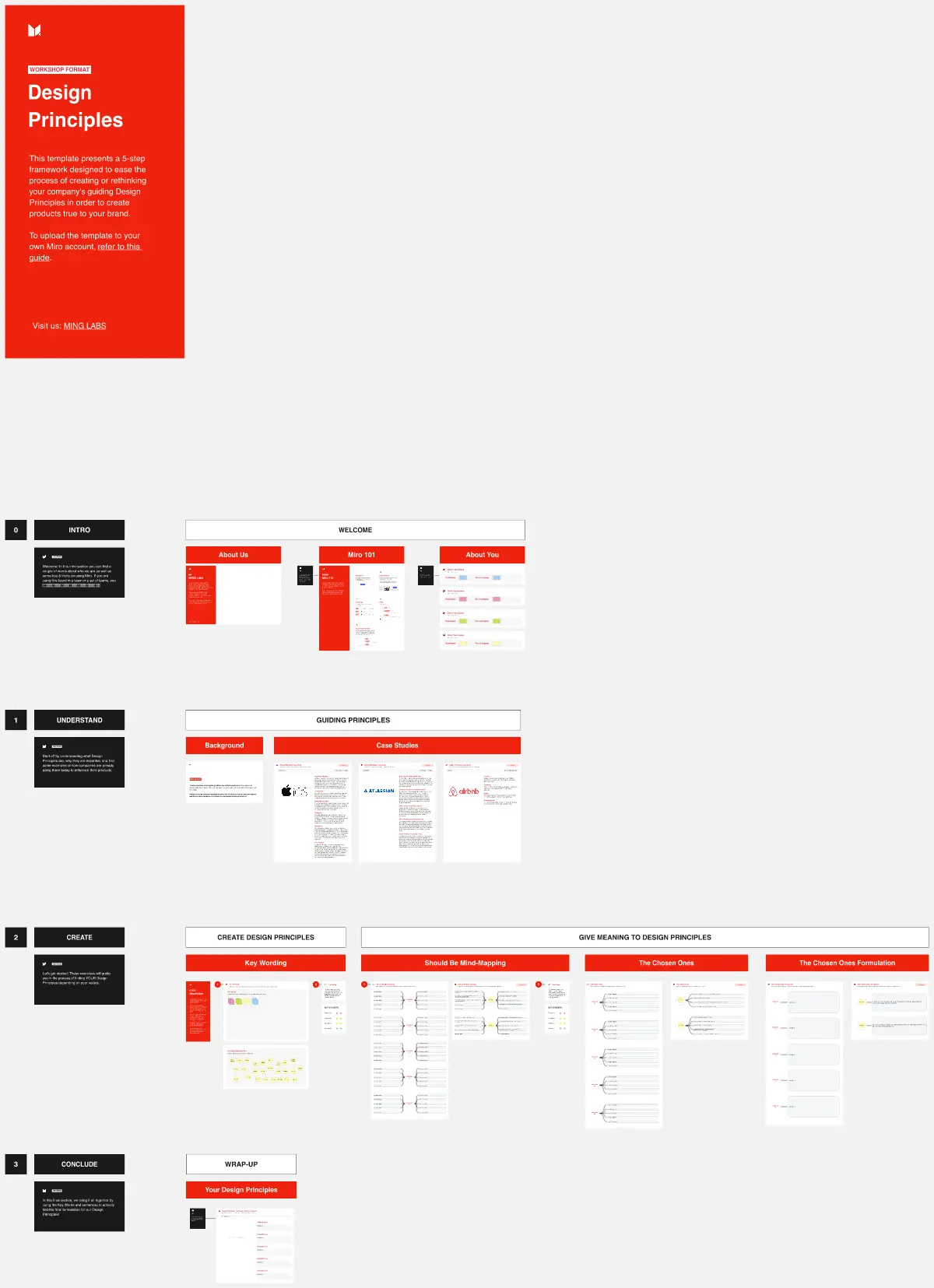Instructional Design Process Template
A template that defines the instructional design process serves as a structured framework or blueprint for guiding instructional designers through the various stages of creating effective learning experiences. Here's how such a template can help achieve better outcomes and benefit instructional designers:
Structured Guidance: The template outlines the steps and components involved in the instructional design process, providing clear direction for instructional designers. This structure helps ensure that no essential elements are overlooked and that the design process remains focused and systematic.
Consistency and Efficiency: By following a standardized template, instructional designers can maintain consistency in the design approach across different projects. This consistency promotes efficiency as designers can leverage established processes and tools rather than reinventing the wheel for each project.
Best Practices Integration: A well-designed template incorporates best practices and principles of instructional design, such as learner-centeredness, interactivity, and alignment with learning objectives. This integration ensures that the resulting learning experiences are pedagogically sound and engaging for learners.
Time and Resource Savings: Using a predefined template streamlines the design process, saving time and resources. Designers can focus their efforts on customizing the template to fit the specific needs of each project rather than starting from scratch, which can be time-consuming and resource-intensive.
Flexibility and Customization: While the template provides a structured framework, it also allows for flexibility and customization to accommodate the unique requirements of each instructional design project. Designers can tailor the template to suit different content types, audience preferences, and delivery modalities with minor tweaks or modifications.
Quality Assurance: The template serves as a quality assurance tool, ensuring that key design considerations, such as learning objectives, content organization, and assessment strategies, are systematically addressed throughout the design process. This helps maintain the quality and effectiveness of the instructional materials produced.
Categories
Similar templates






